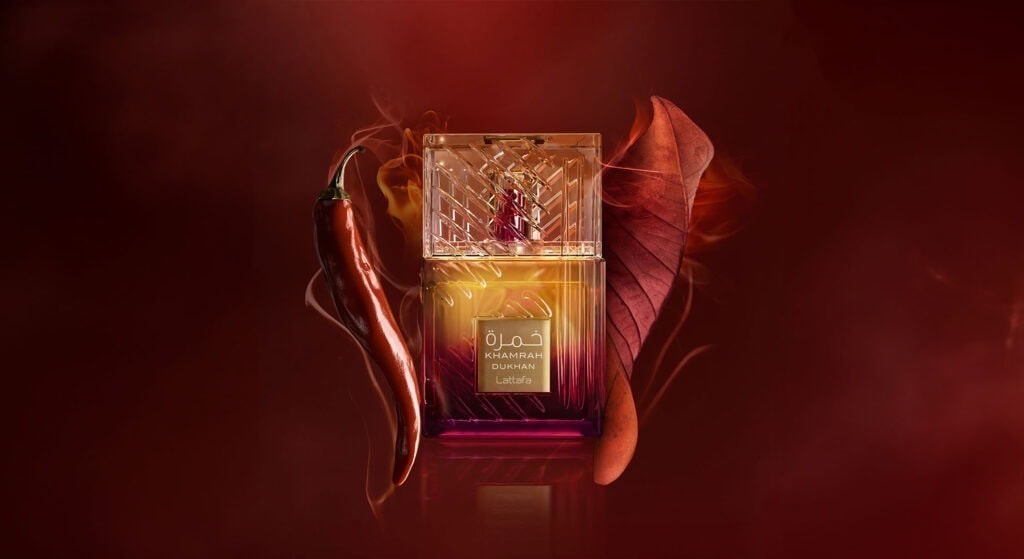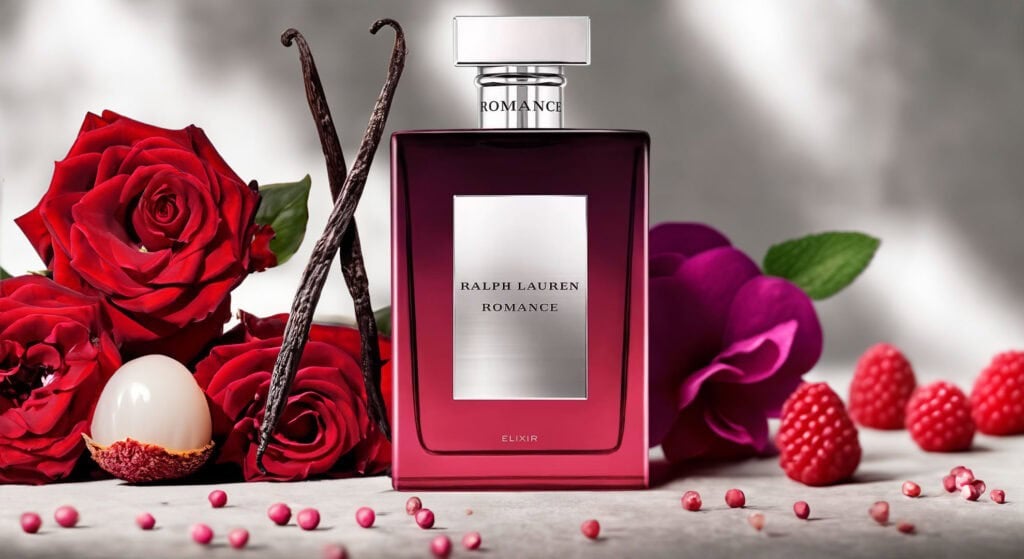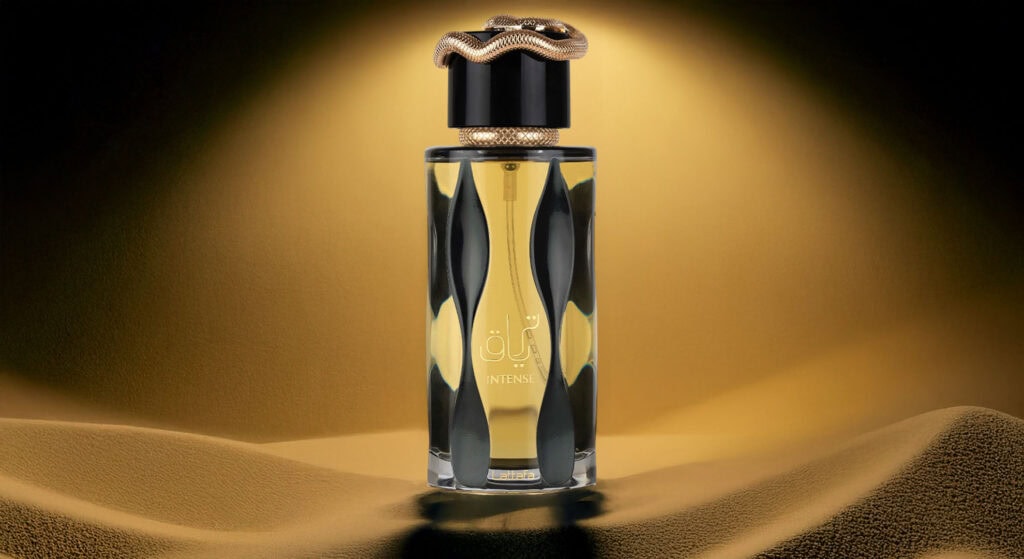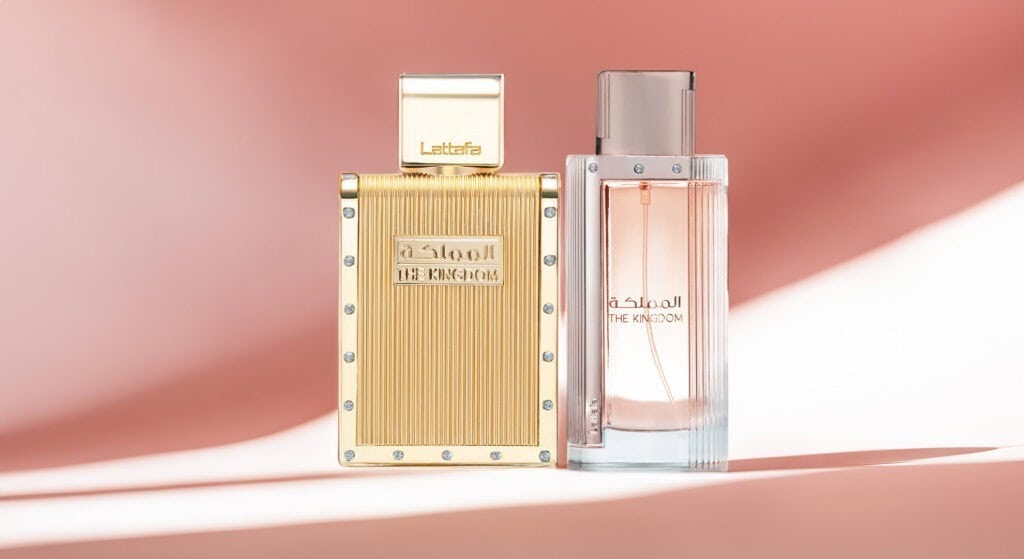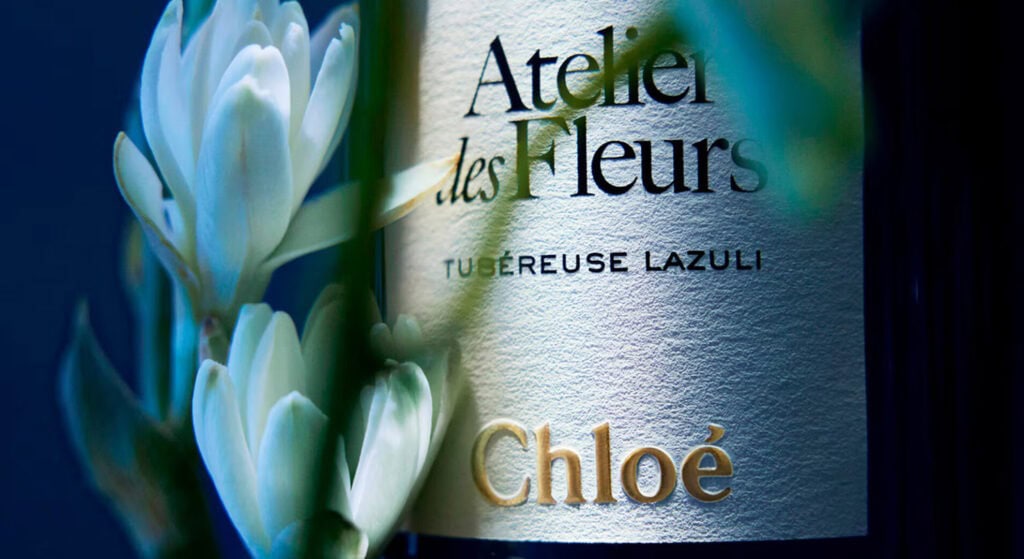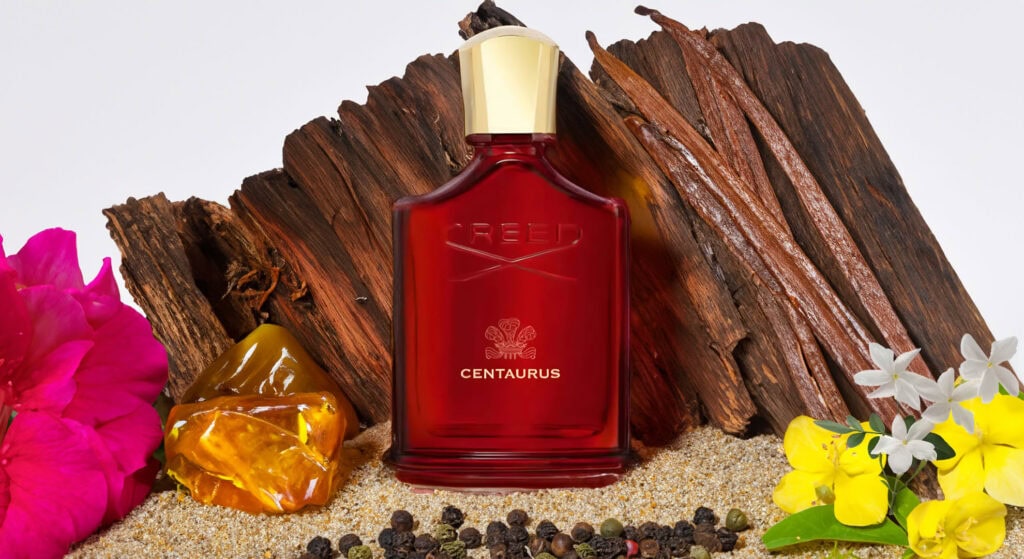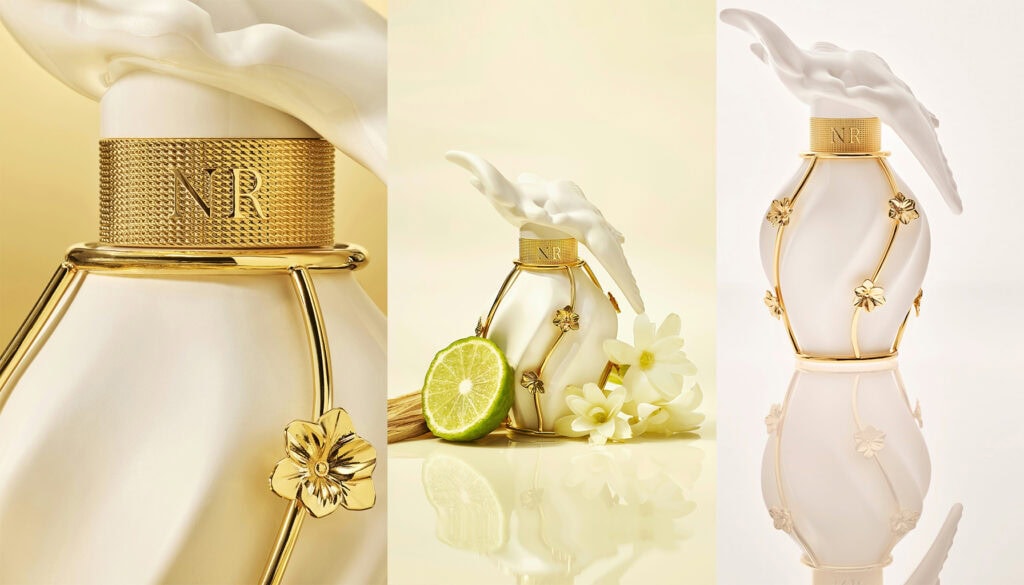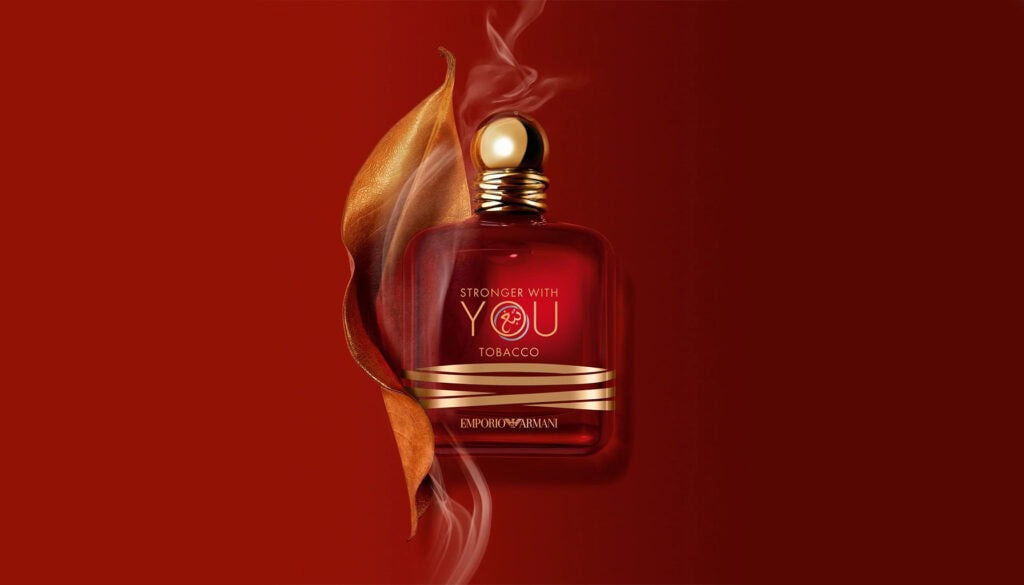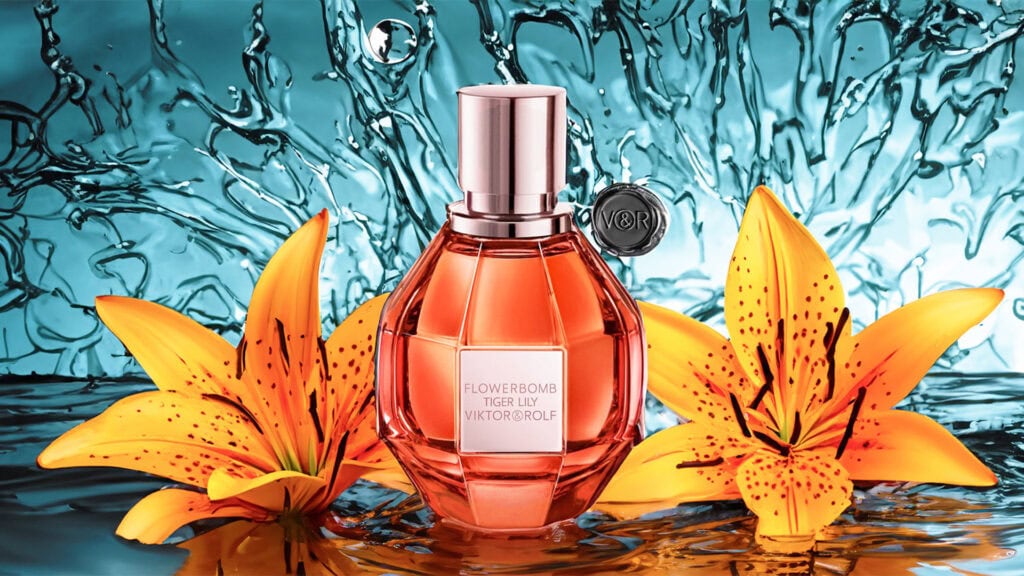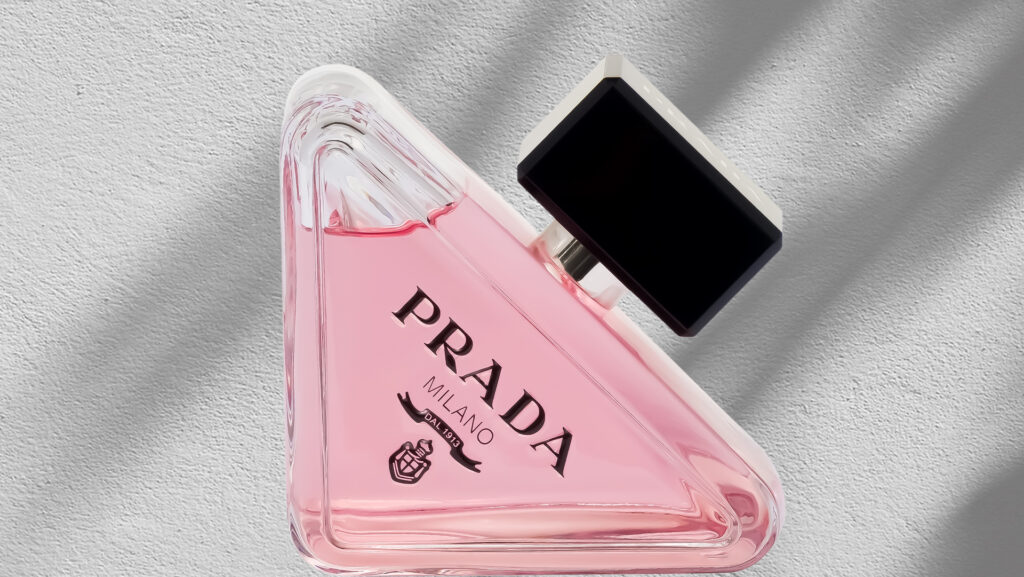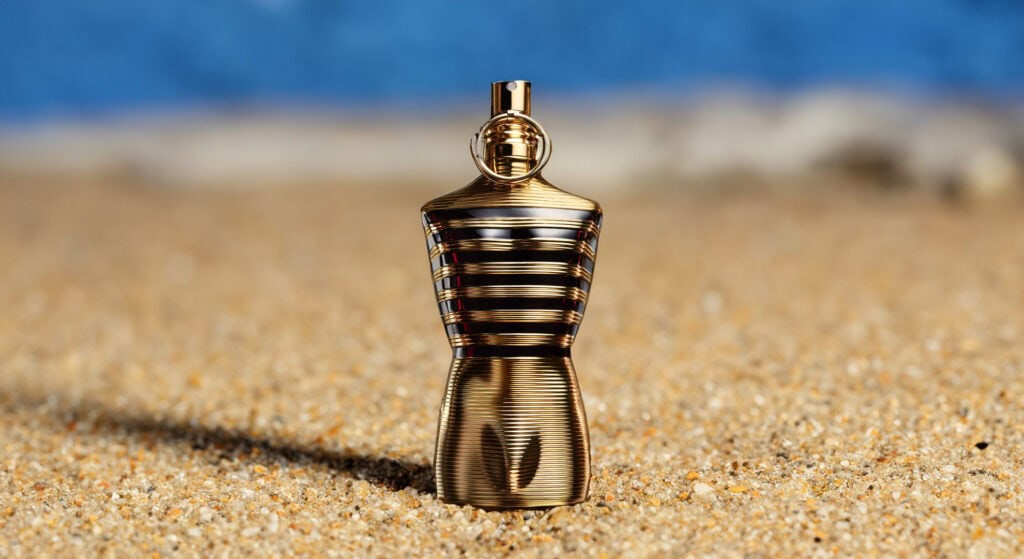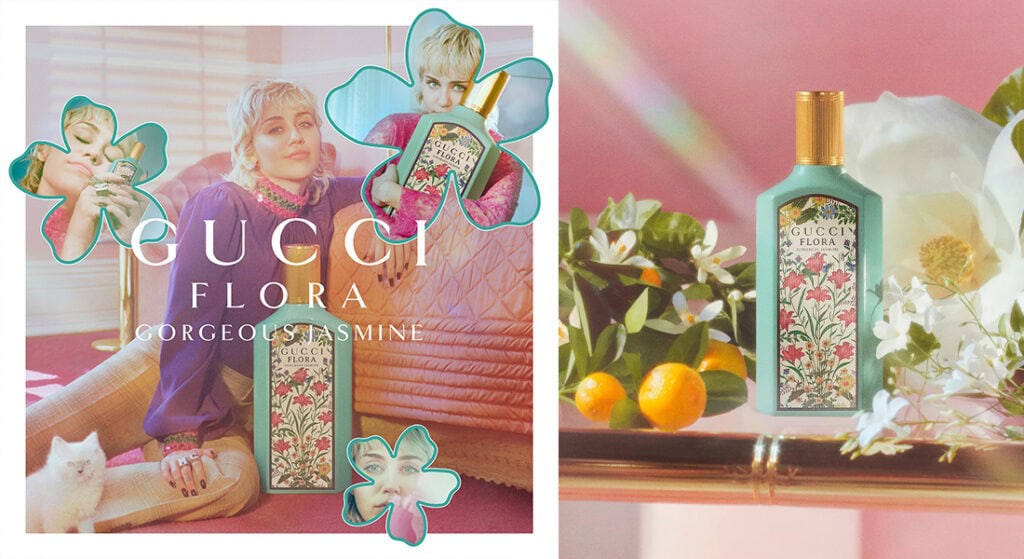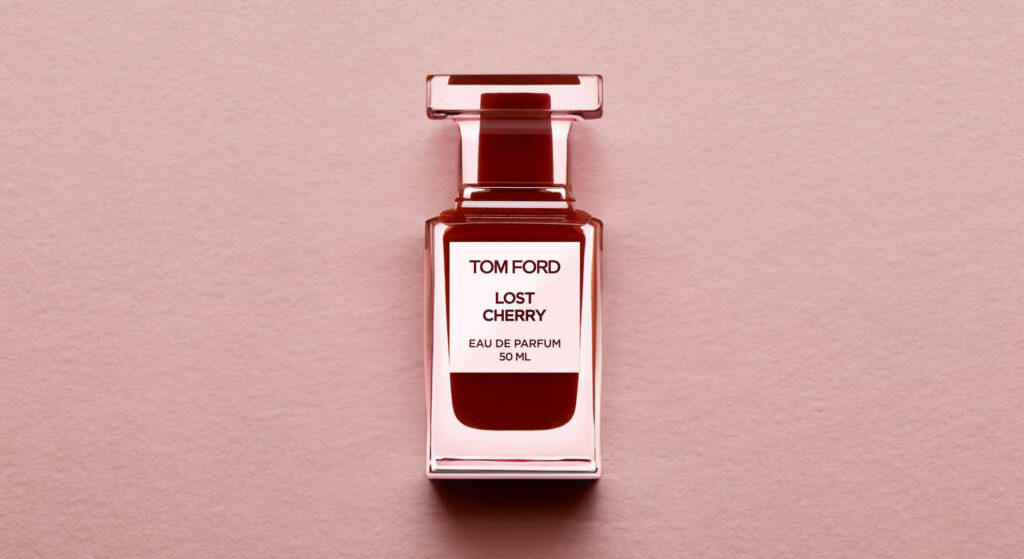The Allure of Benzoin in Perfumery: Crafting Warmth and Depth in Fragrances
Benzoin, a resin with a rich, balsamic aroma, has long been a treasured ingredient in the art of perfumery. Its warm, sweet, and slightly vanilla-like scent adds a comforting depth to fragrances, making it a staple in many beloved perfumes. This article delves into the origins and extraction of benzoin, its role in blending with other fragrance notes, and some of the most iconic perfumes where benzoin shines as a key component.
Origins and Extraction of Benzoin Resin
Benzoin is derived from the bark of trees belonging to the genus Styrax, native to Southeast Asia, particularly in regions like Laos, Sumatra, and Thailand. The resin is harvested through a process known as “tapping,” where incisions are made in the bark of the tree, allowing the aromatic resin to ooze out and harden. Once collected, this resin becomes the source of the cherished benzoin used in perfumery.
- Solvent Extraction: The most common method of processing benzoin resin for use in perfumes is solvent extraction. The resin is dissolved in a solvent, which helps to separate the aromatic compounds from the raw material. The result is benzoin absolute—a thick, rich substance with a deep, balsamic aroma that captures the essence of the resin’s natural warmth and sweetness.
- Steam Distillation: Although less frequently used due to the resinous nature of benzoin, steam distillation can also be employed to extract benzoin essential oil. This method produces a lighter version of benzoin’s scent, emphasizing its sweet, vanilla-like qualities while maintaining a warm, resinous base.
- Tincture Preparation: In traditional perfumery, benzoin is sometimes prepared as a tincture by dissolving the resin in alcohol. This method results in a versatile, aromatic liquid that can be easily blended with other perfume ingredients, offering a smoother and more rounded version of benzoin’s rich scent.
Blending Benzoin in Fragrances
Benzoin’s warm, sweet, and resinous character makes it a versatile note that can be blended with a wide variety of other fragrance elements. Its ability to add depth and richness to compositions makes it a popular choice for both oriental and gourmand fragrances.
- Oriental and Spicy Compositions: Benzoin is a natural fit in oriental perfumes, where its warmth and sweetness complement the richness of spices, resins, and woods. When blended with notes like vanilla, cinnamon, and amber, benzoin enhances the overall complexity and depth of the fragrance, creating a scent that is both luxurious and comforting. Guerlain’s Shalimar is a classic example, where benzoin adds a balsamic sweetness that balances the rich blend of vanilla, leather, and spices.
- Gourmand Scents: In gourmand perfumes, benzoin is often used to amplify the edible quality of notes like vanilla, caramel, and tonka bean. Its slightly vanilla-like aroma pairs perfectly with these ingredients, creating a fragrance that is warm, indulgent, and almost dessert-like. Maison Francis Kurkdjian’s Baccarat Rouge 540 features benzoin in a blend with amber and jasmine, resulting in a scent that is sweet, resinous, and deeply comforting.
- Woody and Balsamic Blends: Benzoin’s resinous quality also makes it an excellent partner for woody and balsamic notes. When combined with sandalwood, cedar, or patchouli, benzoin adds a sweet, smooth layer that softens the dryness of the woods, creating a balanced and harmonious scent. Tom Ford’s Tobacco Vanilleshowcases benzoin’s ability to blend seamlessly with tobacco and vanilla, adding a rich, enveloping warmth to the composition.
- Floral and Powdery Accords: Benzoin can also bring a soft, warm touch to floral and powdery fragrances. When paired with notes like rose, iris, or heliotrope, benzoin introduces a creamy, sweet undertone that enhances the elegance and softness of the florals. Dior’s Hypnotic Poison combines benzoin with almond, jasmine, and vanilla to create a scent that is both intoxicatingly sweet and richly textured.
Iconic Perfumes Featuring Benzoin
Benzoin has been a key ingredient in many iconic perfumes, where its rich, sweet, and balsamic qualities have helped create some of the most beloved scents in the world of perfumery.
- Guerlain Shalimar: A legendary fragrance, Shalimar is a quintessential oriental perfume where benzoin plays a crucial role in the base. It adds warmth and depth to the blend of vanilla, leather, and spices, contributing to the perfume’s timeless appeal.
- Maison Francis Kurkdjian Baccarat Rouge 540: In this modern masterpiece, benzoin adds a resinous sweetness that balances the airy saffron and ambergris notes. The result is a luxurious, comforting fragrance that has become a contemporary classic.
- Tom Ford Tobacco Vanille: This fragrance highlights benzoin’s ability to add warmth and sweetness to a composition. Combined with tobacco, vanilla, and spices, benzoin helps create a rich, enveloping scent that is both sophisticated and comforting.
- Dior Hypnotic Poison: A beloved gourmand fragrance, Hypnotic Poison uses benzoin to enhance its creamy, sweet blend of almond, jasmine, and vanilla. The benzoin adds depth and warmth, making the scent rich, addictive, and unforgettable.
The Lasting Appeal of Benzoin in Perfumery
Benzoin, with its warm, sweet, and resinous aroma, has established itself as a cornerstone in the art of perfumery. Whether used to enhance the richness of oriental compositions, add sweetness to gourmand fragrances, or provide a comforting base in woody and floral scents, benzoin’s versatility and depth make it an essential ingredient. Iconic perfumes like Guerlain’s Shalimar, Maison Francis Kurkdjian’s Baccarat Rouge 540, and Tom Ford’s Tobacco Vanille showcase the enduring appeal of benzoin, proving that its place in the world of fragrance is as timeless and cherished as the resin itself.


